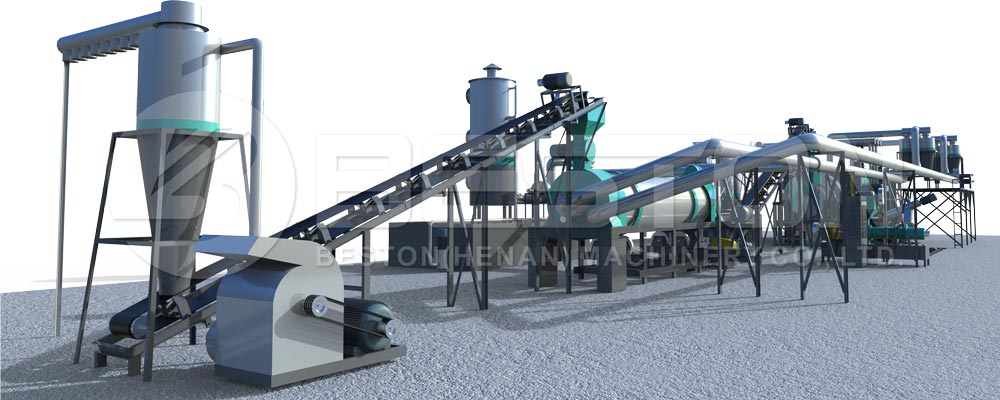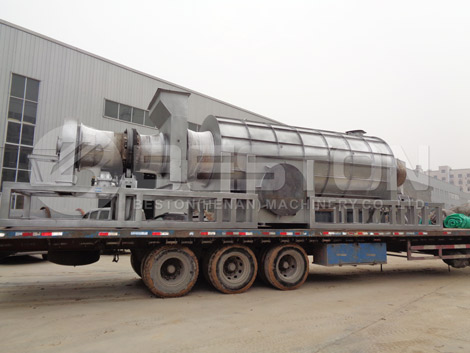The first step in building a biomass pyrolysis plant is to prepare the raw materials. The waste must be shredded into smaller pieces with diameters no larger than 200 mm and a thickness of 30 mm. The raw materials should be fed into the upper layer of the plant through a constant weight feeder. After they have been shredded, the biomass pieces are cooled down and sent to a thermal oxidizer, where the solids will generate steam for further power generation. The installation cost of a small direct biomass to electricity plant is $3,000 to $4,000 per kilowatt hour, but the energy yield is up to $15 per kilowatt-hour.
A biomass pyrolysis plant is a convenient and inexpensive way to turn waste materials into renewable fuel. It can process all kinds of biomass, from wood to a variety of other materials. The resulting products can be used for power, heat, chemicals, and other uses. The process can be done at a small scale or even in a remote location. Once the process is complete, the waste products can be burned and used as fuel, as well as a source of heat.

The biomass pyrolysis plant produces a number of useful products, including biochar, which is an excellent natural carbon source. It is also affordable and can help business owners get work done. A small business can purchase a sawdust charcoal making machine for their purposes without any hassle. To make the most of it, do your research and find out about the benefits of this technology. If you’re serious about using the material you’ve got on hand, a biomass pyrolysis system can be an excellent investment.
The process of biomass pyrolysis can generate charcoal and bio-oil for industrial and household markets. Although bio-oil is still relatively new and has only been commercialized for food additives, it could eventually find a market as a renewable alternative to petroleum products. A biomass pyrolysis plant can be installed in almost any location that requires fossil fuel. These plants can produce up to 20 gallons of bio-oil in a single day.
A biomass pyrolysis plant is an excellent way to convert wood wastes into valuable biofuels. There are many benefits of biomass pyrolysis. It can produce clean fuels, and is a valuable product for the waste-to-energy industry. The process is a cost-effective solution to the problem of biomass disposal. This method is suitable for both domestic and industrial waste. It can produce biogas, biochar, and electricity.

In addition to biomass, pyrolysis processes can also process other types of wastes. It is important to note that the moisture content of the biomass should not exceed 10%. High moisture content wastes will result in high levels of water, and low-moisture ones will produce dust instead of oil. This process also eliminates harmful emissions caused by flammable gases, and is suitable for industrial use. The resulting biochar is a highly effective resource for the environment.
The biomass pyrolysis plant can produce biochar and bio-oil. The process can produce tars and wood vinegar, which are valuable products in the fuel and chemical industries. It can also create a combustible gas. This gas is commonly used as a fuel for automobiles and in factories. The production of pyrolysis oil is the fastest way to utilize biomass as a renewable energy.
During the pyrolysis process, biomass is reduced to ash, char and bio-oil. The bio-oil is an important by-product of the process. It can be used as fuel in a number of industries and in the construction of new homes. During the early stages of the pyrolysis process, the bio-char is converted into wood-oil, biochar is created, and tar is the by-product of the biomass pyrolysis. Get palm kernel shell charcoal making machine here.